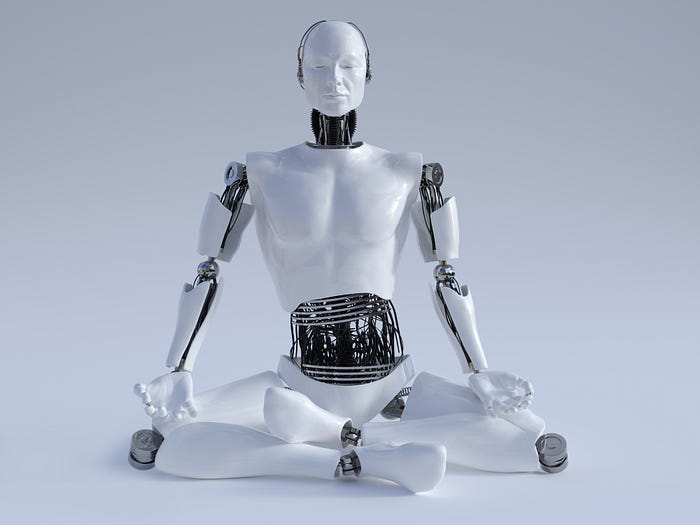A Facebook post (direct link, archive link), which was shared over 250 times in a week, implies the broadcast equipment used on the rovers in the 1970s Apollo missions proves the missions were fake.
The post contains two images: one of a modern satellite truck and the other of the Lunar Roving Vehicle from the Apollo 15 mission in 1971.
“This is the equipment currently needed to make live broadcasts over short distances on Earth,” it says on the satellite truck image.
“But sure this thing was able to broadcast from 238K miles 50 years ago,” reads text superimposed over the rover image.
The post also includes hashtags like “#Flatearthproof,” “#Nasasecrets” and “#Globedeception.”
Follow us on Facebook! Like our page to get updates throughout the day on our latest debunks
The roving vehicles contained communications relay units that, when used with the antenna and the Manned Space Flight Network, could transmit voice and video to and from the moon. There is ample evidence the moon landing was real. The post also misstates the nature of satellite trucks, which communicate with satellites in space, just like the rover.
Lunar rovers, four-wheeled electric vehicles designed to traverse the moon’s surface, were deployed to the moon for several of the Apollo missions in the 1970s. The machines were equipped with a variety of tools, including antennas to send messages through complex communications networks and eventually to Earth.
Some social media users are implying that advanced technology on these missions shows they were fake.
Evidence that space and space travel are real includes photos of space and people in space, the development of a space tourism industry and physical samples retrieved from Earth’s moon.
And this communications-related argumented doesn’t prove otherwise. The Lunar Communications Relay Unit on the vehicle enabled correspondence to and from the lunar rover during the Apollo 15, 16 and 17 missions.
This occurred through either the low-gain antenna when the vehicle was in motion or the high-gain antenna when it was parked, said chief NASA historian Brian Odom. The antennas were just one part of the complex Lunar Communications Relay Unit.
The antennas could transmit directly to Earth or send signals to a set of satellites in low Earth orbit, according to a model in the Lunar Communications Relay Unit manual published by NASA in 1971. The system communicated video and voice at a frequency of 2265.5 MHz that was minimally affected by the Earth’s atmosphere.
Similarly, the satellite truck pictured in the image uses its dish to communicate with a satellite in space, said Badri Roysam, an electrical and computer engineering professor at the University of Houston.
“The big dish on the top of the van is for communicating with a communications satellite that circles the earth and helps connect the field crew to their home TV station/studio,” he said in an email.
The satellite trucks “were developed before high-speed wireless 4G/5G connections became available,” said Roysam. That technology has made it possible to broadcast live across great distances without the use of a satellite, though it is generally less reliable since it is dependent on an internet connection.
In other words, the post’s claim that satellites are needed for “short” distance broadcasts on Earth is wrong on several counts, since the signal is being sent all the way to space and back and satellite trucks aren’t mandatory for live broadcasts given the ability to stream such feeds over the internet.
Fact check roundup: Debunking the flawed science behind flat Earth claims
USA TODAY has previously debunked other social media posts that claim to provide evidence that various space missions were fabricated, including claims about moon boots, landing sites and video footage.
USA TODAY reached out to social media users who shared the post for comment.
Our fact-check sources:
- Brian Odom, Dec. 21, Email exchange with USA TODAY
- Badri Roysam, Dec. 15, Email exchange with USA TODAY
- Tiffany Fairley, Dec. 14, Email exchange with USA TODAY
- NASA, accessed Dec. 14-15, NASA – NSSDCA – Spacecraft – Details
- NASA, July 30, 2021, Taking a Ride on the Moon in the Lunar Roving Vehicle
- NASA Image and Video Library, accessed Dec. 14, “LUNAR ROVING VEHICLES LUNAR SURFACE”
- NASA, March 30, 1971, Crew Training Manual, Lunar Communications Relay Unit
- NASA, accessed Dec. 28, Lunar Communications Relay Unit
- NASA, May 19, 2016, The Apollo Lunar Roving Vehicle
- NASA, Sept. 2, 2013, Ground-Commanded Television Assembly (GCTA)
- NASA, accessed Jan. 2, The Unified S-Band System
- NASA, June 1974, HISTORIES OF THE SPACE TRACKING AND DATA ACQUISITION NETWORK (STADAN), THE MANNED SPACE FLIGHT NETWORK (MSFN), AND THE NASA COMMUNICATIONS NETWORK (NASCOM)
- Federal Communications Commission, April 12, 2021, History of Commercial Radio
- Agora, accessed Dec. 15, Live Broadcasting vs Live Streaming
- Alamy, accessed Dec. 15, Apollo 15 Lunar Stock Photo
Thank you for supporting our journalism. You can subscribe to our print edition, ad-free app or electronic newspaper replica here.
Our fact-check work is supported in part by a grant from Facebook.
Some social media users are implying that advanced technology on these missions shows they were fake.
Evidence that space and space travel are real includes photos of space and people in space, the development of a space tourism industry and physical samples retrieved from Earth’s moon.
And this communications-related argumented doesn’t prove otherwise. The Lunar Communications Relay Unit on the vehicle enabled correspondence to and from the lunar rover during the Apollo 15, 16 and 17 missions.
This occurred through either the low-gain antenna when the vehicle was in motion or the high-gain antenna when it was parked, said chief NASA historian Brian Odom. The antennas were just one part of the complex Lunar Communications Relay Unit.
The antennas could transmit directly to Earth or send signals to a set of satellites in low Earth orbit, according to a model in the Lunar Communications Relay Unit manual published by NASA in 1971. The system communicated video and voice at a frequency of 2265.5 MHz that was minimally affected by the Earth’s atmosphere.
Similarly, the satellite truck pictured in the image uses its dish to communicate with a satellite in space, said Badri Roysam, an electrical and computer engineering professor at the University of Houston.
“The big dish on the top of the van is for communicating with a communications satellite that circles the earth and helps connect the field crew to their home TV station/studio,” he said in an email.
The satellite trucks “were developed before high-speed wireless 4G/5G connections became available,” said Roysam. That technology has made it possible to broadcast live across great distances without the use of a satellite, though it is generally less reliable since it is dependent on an internet connection.
In other words, the post’s claim that satellites are needed for “short” distance broadcasts on Earth is wrong on several counts, since the signal is being sent all the way to space and back and satellite trucks aren’t mandatory for live broadcasts given the ability to stream such feeds over the internet.
Fact check roundup: Debunking the flawed science behind flat Earth claims
USA TODAY has previously debunked other social media posts that claim to provide evidence that various space missions were fabricated, including claims about moon boots, landing sites and video footage.
USA TODAY reached out to social media users who shared the post for comment.
Thank you for supporting our journalism. You can subscribe to our print edition, ad-free app or electronic newspaper replica here.
Our fact-check work is supported in part by a grant from Facebook.



